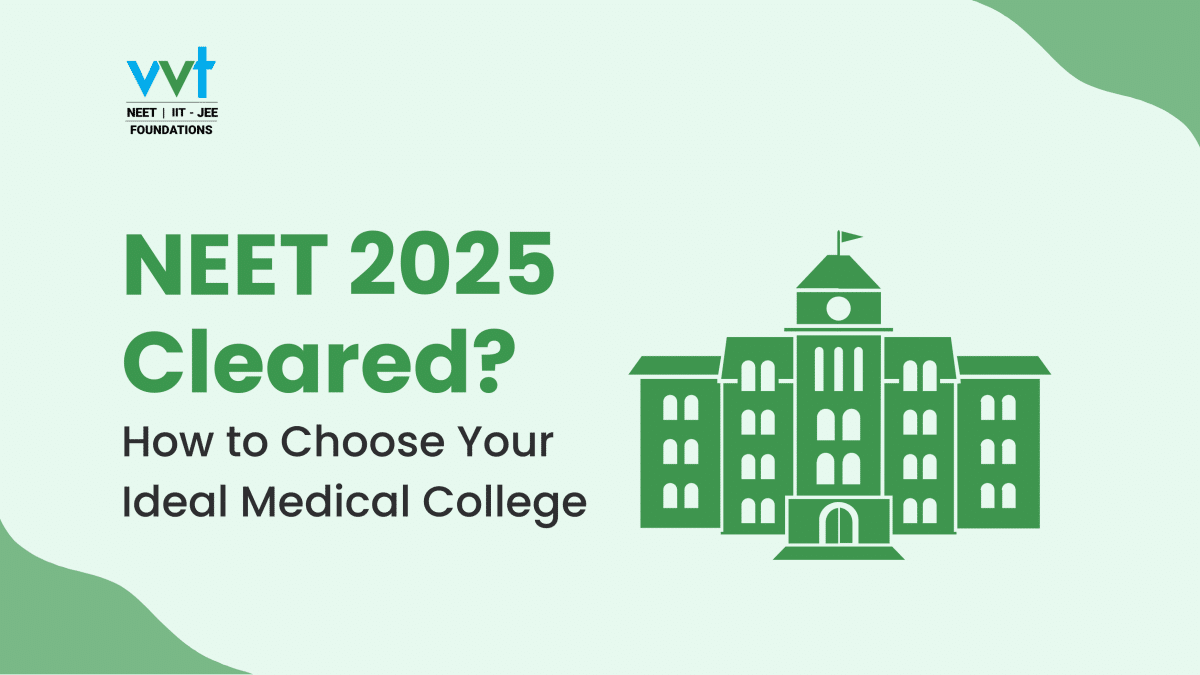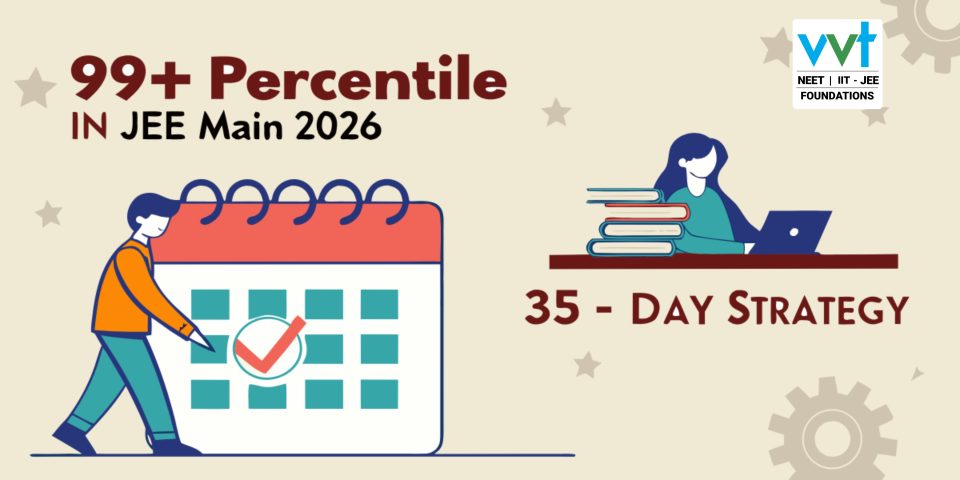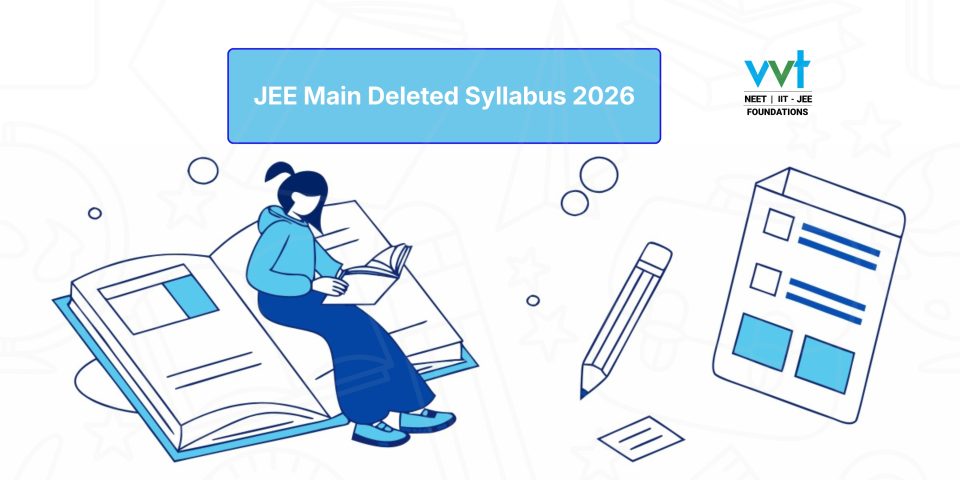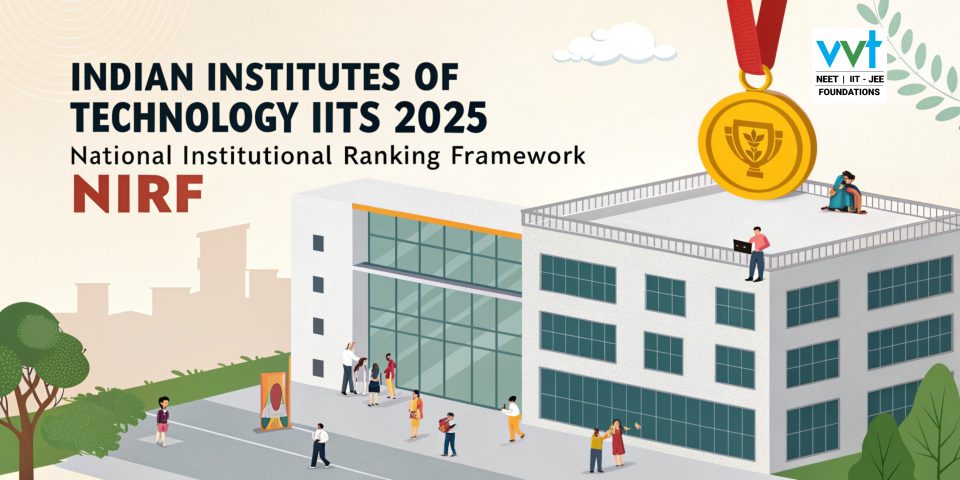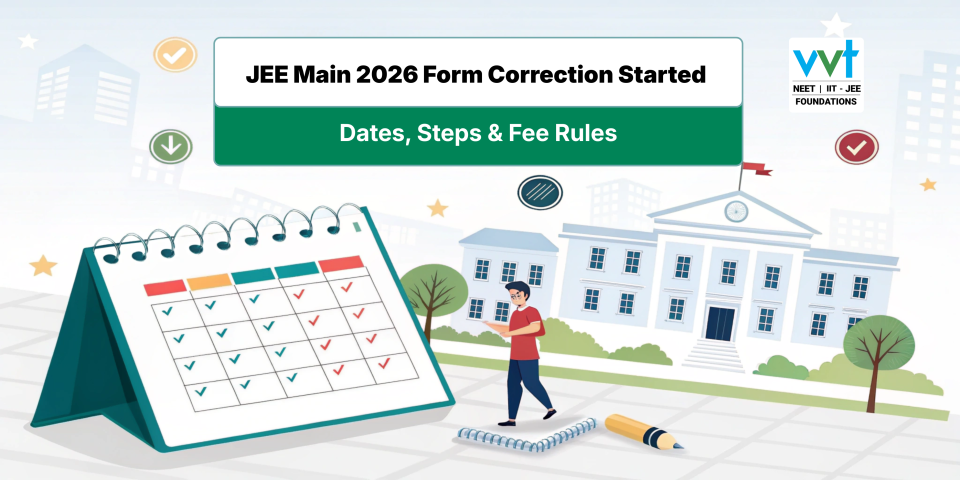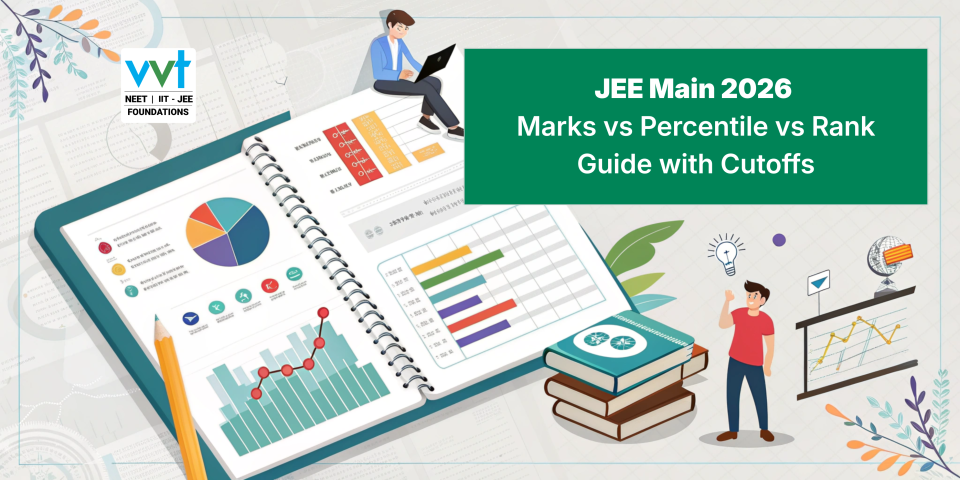
NEET 2025 Answer Key: Expert Analysis by VVT Coaching!
May 8, 2025
NEET Coaching: Balancing School and Preparation with VVT’s Expert Tips!
May 10, 2025How to Choose the Best Medical College After NEET: A Guide by VVT Coaching!
VVT Coaching Chennai – Ranked #1 Best NEET Coaching Centre by Times Now!
Clearing the National Eligibility cum Entrance Test (NEET) is a significant milestone for aspiring doctors in India, but the next step—choosing the right medical college—can be overwhelming. With over 700 medical colleges offering MBBS programs, your decision will impact your education, clinical skills, and career trajectory.
At VVT Coaching, we specialize in guiding students through this process, considering factors like faculty quality, infrastructure, clinical exposure, and affordability. This guide, crafted by VVT Coaching, offers practical advice to help you select the best medical college after NEET and kickstart your medical journey with confidence.
Understanding Your NEET Score
Your NEET score and rank dictate your college options. High scores unlock prestigious government colleges like AIIMS Delhi, while lower scores may lead to private or state quota seats. Here’s a general breakdown:
| Rank Range | College Type | Examples |
| 1–1,000 | Top Government | AIIMS Delhi, JIPMER Puducherry |
| 1,000–5,000 | Good Government | CMC Vellore, AFMC Pune |
| 5,000–20,000 | Private/State Quota | Manipal, Amrita |
| Above 20,000 | Lesser-Known Private | Regional private colleges |
Use your score to create a shortlist, but don’t stop there—other factors matter too.
Factors to Consider When Choosing a Medical College
Picking the right college involves weighing several key elements.
Here’s what to evaluate:
Academic Excellence
- Faculty Quality: Look for experienced professors with strong academic and research credentials.
- Curriculum: Ensure it’s modern and meets National Medical Commission (NMC) standards.
- Research Opportunities: Colleges with research programs can strengthen your profile for postgraduate studies.
Infrastructure and Facilities
- Laboratories and Equipment: Up-to-date labs are vital for practical learning in subjects like anatomy and physiology.
- Library Resources: A robust library with medical journals and digital access aids deeper study.
- Hostels: Safe, comfortable hostels with good amenities enhance your college experience.
Clinical Training
- Affiliated Hospitals: Colleges with busy teaching hospitals offer diverse patient exposure.
- Hands-On Experience: Prioritize programs emphasizing practical patient interaction.
- Internship Quality: A strong internship prepares you for real-world medical practice.
Reputation and Rankings
- NIRF Rankings: These rank colleges on teaching, research, and infrastructure, though they’re not exhaustive.
- Alumni Success: Check alumni achievements, especially in NEET PG exams or career placements.
Cost and Financial Aid
- Tuition Fees: Government colleges range from ₹10,000–₹50,000 yearly, while private ones can hit ₹5–20 lakh.
- Additional Costs: Include hostel fees, books, and living expenses in your budget.
- Scholarships and Loans: Look for merit-based aid or loan options to manage costs.
Location and Environment
- Urban vs. Rural: Urban colleges may have better facilities; rural ones often offer more clinical practice.
- Safety and Climate: Ensure the area is secure and the weather suits you.
- Proximity to Home: Being near family can ease the stress of MBBS.
Admission Process
- Quotas and Reservations: All India Quota (15%), state quota, and management/NRI quotas affect seat availability.
- Cutoff Trends: Past cutoffs (e.g., AIIMS Delhi often needs a rank under 1,000) help gauge your odds.
- Rural Bond: Some government colleges mandate rural service (1–4 years) with penalties for non-compliance.
Future Prospects
- Postgraduate Opportunities: Colleges with PG programs or UG quotas ease the path to MD/MS.
- Placement Records: Good internship and job support reflect a college’s career focus.
Cultural Compatibility
- Language: Knowing the local language aids patient and classroom interactions.
- Food and Lifestyle: Ensure dietary options match your needs.
- Cultural Fit: A supportive campus culture boosts your well-being.
Student Feedback
- Current Students: Talk to students for unfiltered insights on college life.
- Online Reviews: Social media and forums offer perspectives, but verify details.
Navigating NEET Counseling
NEET counseling, run by the Medical Counselling Committee (MCC) for All India Quota seats and state bodies for state seats, is your gateway to a college. Here’s the process:
- Registration: Sign up on the MCC or state counseling portal.
- Choice Filling: Rank colleges by preference, guided by your rank and cutoffs.
- Seat Allotment: Seats are assigned based on rank, category, and choices across multiple rounds (4–6).
- Reporting: Confirm your seat with documents and fees at the allotted college.
Tips for Success:
- Study past cutoffs for realistic choices.
- Mix aspirational and safe options in your list.
- Stay ready for mop-up rounds if seats remain.
VVT Coaching provides expert support for choice filling and counseling navigation to optimize your outcome.
How VVT Coaching Can Help
At VVT Coaching, we’re with you beyond NEET prep, offering:
- Personalized Career Counseling: We match your NEET score and preferences to ideal colleges.
- Counseling Guidance: Step-by-step help with choice filling and document prep.
- College Database: Detailed info on colleges, cutoffs, fees, and facilities.
- Success Stories: Over 90% of our 2024 students cleared NEET, many joining top colleges like AIIMS and CMC Vellore.
Conclusion
Choosing the best medical college after NEET blends academic quality, infrastructure, affordability, and personal fit. With strategic counseling navigation, you can land a college that launches your medical career successfully. VVT Coaching is here to guide you from NEET prep to college admission.
Also read:
- How Many AIIMS Are There in India in 2025?
- Understanding Allotment Mapping in NEET Counselling!
- Total MBBS Seats in India for NEET 2025!
Frequently Asked Questions (FAQs)
1.What if my NEET score is lower than expected?
Explore state quota or private colleges, or consider reattempting NEET. VVT Coaching can pinpoint your best options.
2.How important is the college location?
It varies—urban areas offer facilities, rural ones provide exposure. Safety and proximity matter too.
3.Can I change my college after allotment?
Yes, upgrades are possible in later rounds, but follow MCC rules to avoid losing your seat.
4.What’s the difference between government and private colleges?
Government colleges are affordable but competitive; private ones offer infrastructure at a higher cost.

